Watching the sun set from the old Venetian Castle in Paleochora, Crete, honestly felt like stepping into another world.
This peaceful spot on Crete’s southern coast gives you wide views of the sky and sea, with colors that seem to light up all of Greece.
You’ll find the castle ruins easy to reach, and they’re a perfect place to unwind after exploring the little town or hitting up the nearby beaches.
For me, this experience was both calming and memorable.
Locals and travelers come here, but somehow it never gets packed.
If you’re looking for a quiet spot to soak up Crete’s beauty, sunset gazing from Paleochora’s Venetian Castle should be high on your list.

Reaching Paleochora: The Gateway to Crete’s Southern Serenity
Getting to Paleochora takes a bit of planning, but honestly, the journey adds to the adventure.
From dealing with Greece’s entry rules to winding down Crete’s twisty roads, every step shapes the trip.
Traveling to Crete and Entry Requirements
I booked a direct flight to Chania International Airport (CHQ), which is the closest major airport to Paleochora.
Visitors from the EU, US, UK, Canada, and Australia can enter Greece visa-free for up to 90 days in any 180-day period, thanks to the Schengen Zone agreement.
If you’re not from a Schengen country, you’ll want to check your own requirements.
Greece requires a passport with at least 3 months left after your planned departure.
I brought proof of onward travel and funds, though no one actually asked to see them at immigration.
Before I left home, I checked if any COVID-19 health forms were needed—rules seem to change every so often.
You can exchange most major currencies at the airport or local banks, but having a few euros before landing really made things easier.
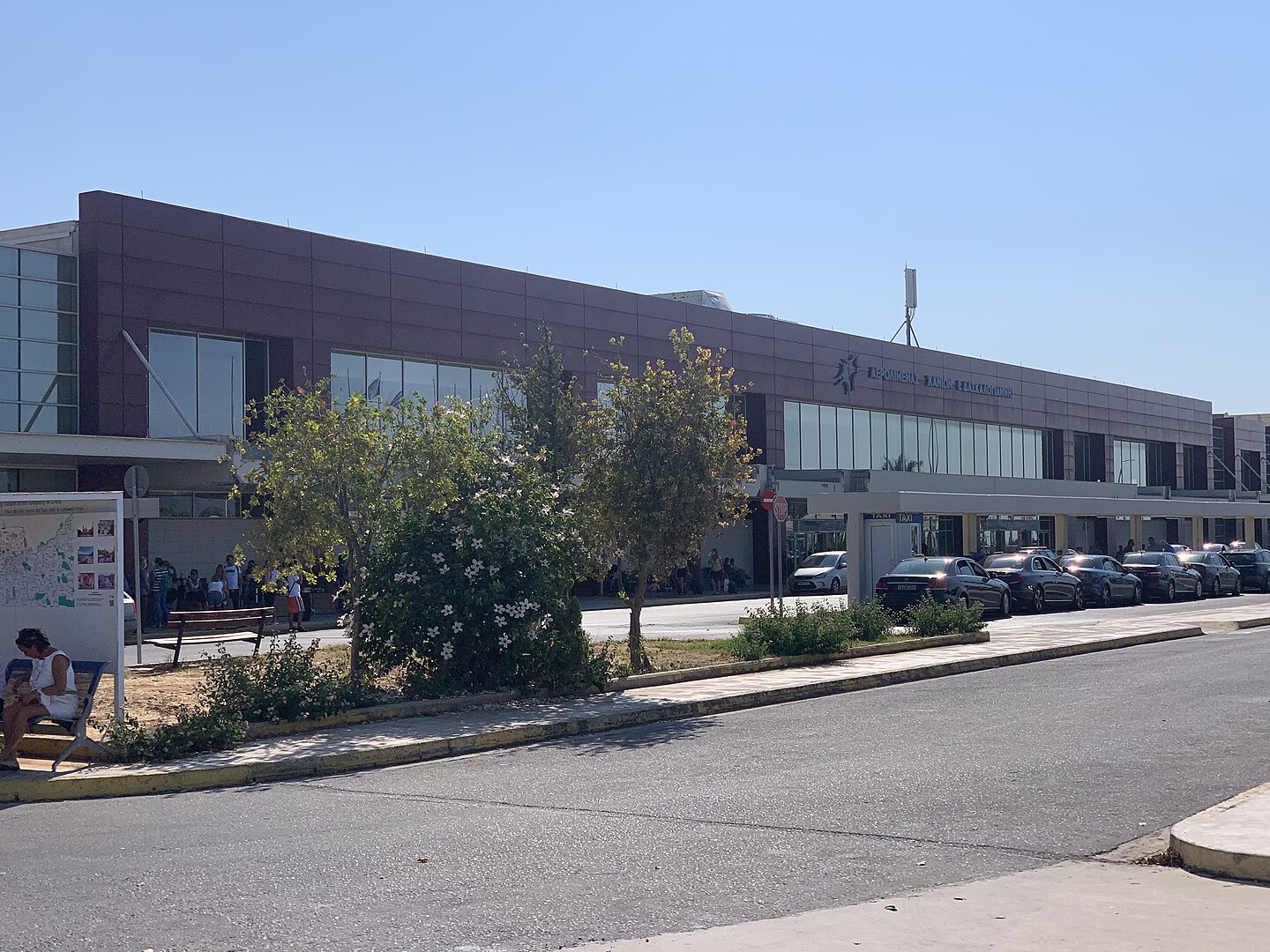
Getting to Paleochora from Chania and Beyond
Distance from Chania to Paleochora: about 70 kilometers (43 miles).
From Chania, I had a few options:
- Public bus (KTEL): About €10 one way. Runs a few times a day, taking 1.5 to 2 hours.
- Rental car: Gave me freedom to explore. Average price was €30–€60 per day, depending on the season and the car.
- Taxi: Fastest but definitely the most expensive, usually €90–€110. Taxis wait outside the airport or you can book ahead. I always made sure to agree on the fare before hopping in.
Driving those twisty mountain roads gave me some pretty amazing views, but I took it slow.
I stayed overnight in Chania, which helped me relax and settle into the local pace before heading south.
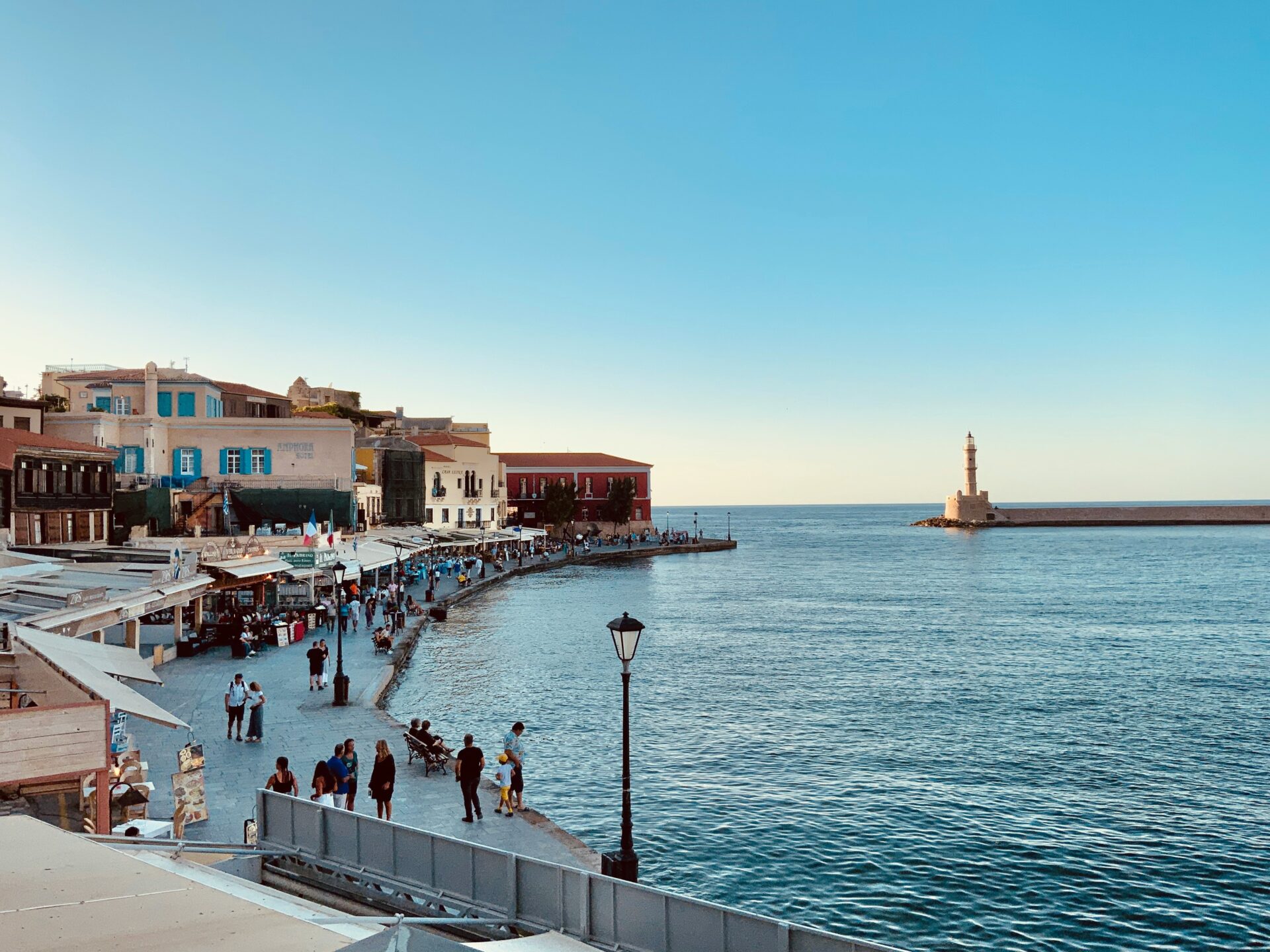
Navigating the South Coast: Taxis, Buses, and Car Rentals
Once I got to Paleochora, getting around the south coast felt simple, though buses don’t run as often as up north.
The town is small and walkable, with most hotels, restaurants, and beaches less than ten minutes away on foot.
For day trips to other beaches or villages, I used local buses (KTEL) and sometimes rented a car.
The bus schedule hangs at the station and is on KTEL’s website.
Tickets are cheap, usually €3–€8 for most routes.
Taxis work well for short hops.
I usually found them near the main square or just asked my hotel to call one.
Most taxi drivers wanted cash, so having small bills helped.
Renting a car gave me the freedom to find hidden spots, though parking in summer can be a headache.

The Venetian Castle of Paleochora: History, Architecture, and Legends
The Venetian castle on Crete’s southern tip has watched centuries go by.
Its walls carry stories from medieval Greece, shaped by conquerors and locals alike.
The design, repairs, and old myths all say a lot about the island’s past.
Venetian Influences and Medieval Greece
When I got to the old fortress, I learned Venetians built it in 1282, during their rule over Crete.
The fortress marked Venetian power and protected Crete from pirates and invaders.
They called it “Selino,” and the region still keeps that name.
As I wandered the ruins, I noticed how the place blends two worlds: Venetian Europe and medieval Greece.
You can spot hints of ancient Greek influence, even though Christian faith replaced the old gods.
The Venetians brought their architecture, took over trade, and left their own mark on Crete’s already rich history.
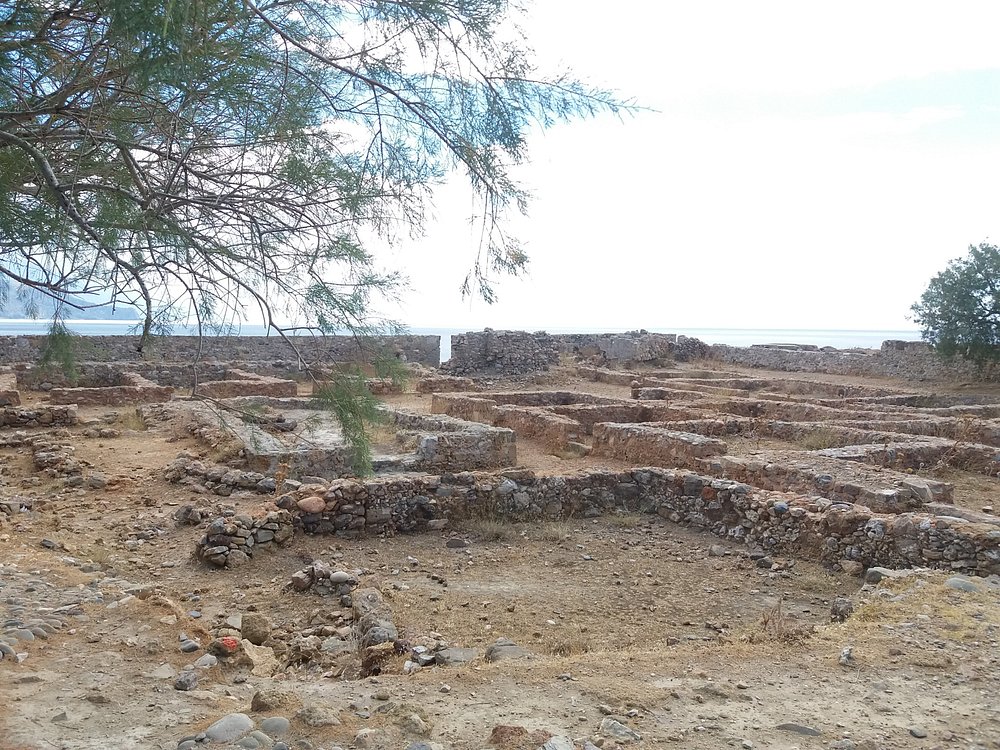
Castle Architecture and Restoration Efforts
The castle sits on a rocky hill, looking out over the Libyan Sea.
They picked the spot for defense—steep drops on most sides and thick walls facing inland.
You’ll see heavy limestone walls, little towers, and arched gates—classic Venetian military style.
Inside, open courtyards and storage rooms hint at daily life back then.
A lot of the original structure suffered damage during wars, especially under the Ottomans.
Restoration crews have worked to stabilize what’s left.
They’ve put up metal fences and signs to protect fragile spots.
These efforts help visitors like me picture the castle in its prime, with guards on the lookout for trouble.
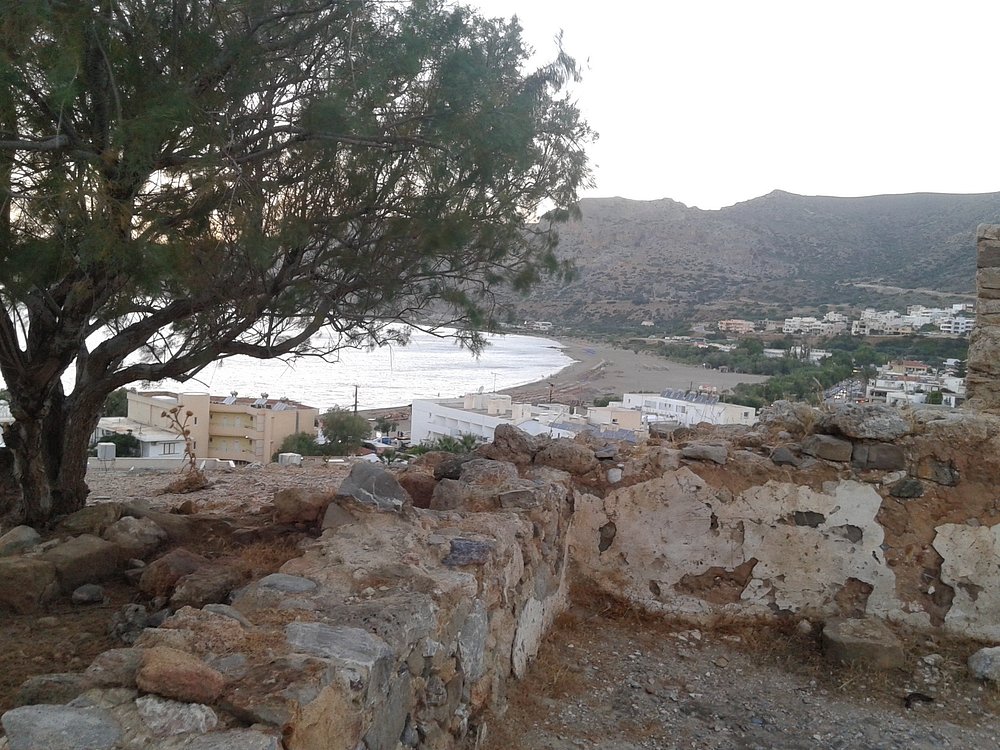
Legends, Myths, and Local Stories
As the sun dropped behind the walls, I got caught up in the legends locals tell about the castle.
One story claims Venetian soldiers hid treasure under the stones before their defeat.
Others talk about ghosts—spirits of those who died during the sieges.
Fact and myth blur here.
Some tales mention secret tunnels leading to the village, or even old Greek gods watching over the place.
I didn’t stumble on any hidden passages, but the stories made the ruins feel magical, even after I wandered back to the village.
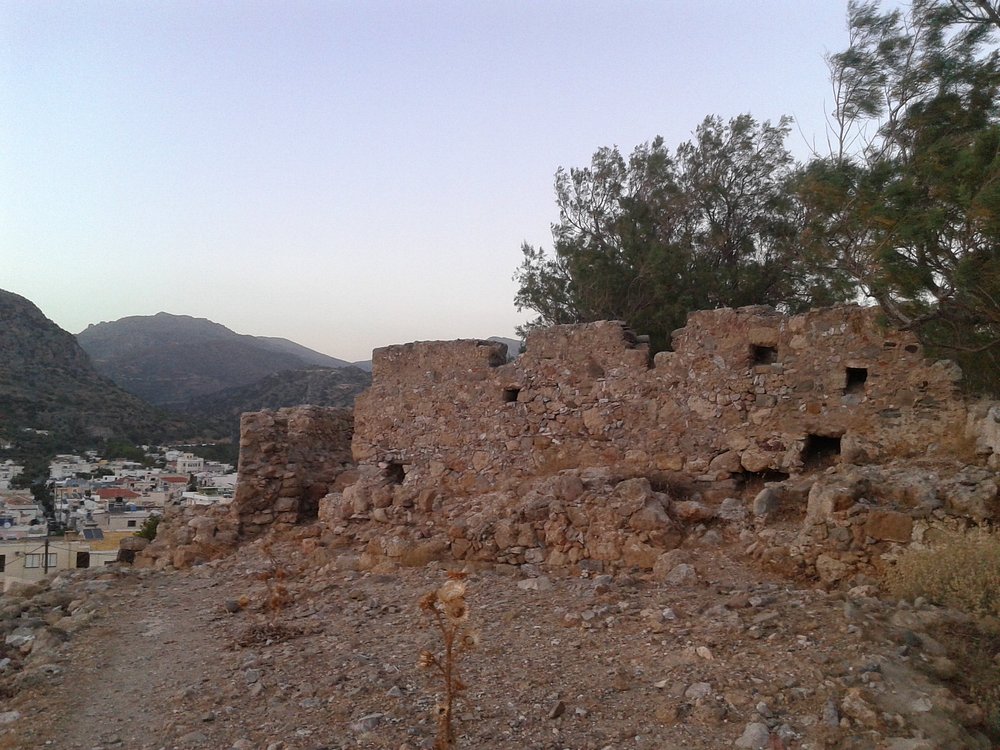
Sunset Gazing: My Personal Blissful Experience
Climbing up to the old Venetian Castle in Paleochora just before sunset felt like entering a quiet, special world.
This hilltop spot gives you the best seat to watch the sun sink into the Mediterranean along Crete’s southern coast.
Arriving at the Castle in the Golden Hour
I started my walk as the sun dipped low, painting the narrow lanes of Paleochora with amber and honey colors.
The path up to the castle wound gently, with a soft breeze rolling in from the sea.
A few locals and travelers had the same idea, but it never got crowded.
The old Venetian castle stands as a gentle lookout above town.
Stone walls show their age, wildflowers poke through cracks, and bits of old cannons rest on the ground.
You’ll find benches and stone ledges for sitting and soaking in the view.
The breeze brought the scent of wild thyme and sea salt.
I watched fishing boats below, heading out to sea.
It’s surprisingly calm for a spot so close to town.

Colors, Views, and the Magic of Dusk
As the sun dropped, the sky exploded in color.
Deep oranges, bright pinks, and soft purples melted into the horizon.
Down below, the town’s white rooftops started to glow.
Mountains to the east faded from gold to gray.
The coastline stretched west, zigzagging into the haze.
The Mediterranean shimmered with bands of fire, and the distant outline of the Aegean seemed almost within reach.
I sat on a rough stone and watched fishing boats cast long shadows.
The sunset glow touched everything—castle walls, olive trees, and the clear water.
Even everyday sights felt magical in that light.
Favorite Sights:
- Town rooftops lighting up
- Mountains fading into dusk
- Sea turning from blue to shining silver

Moments of Solitude, Reflection, and Inspiration
When the crowd thinned out, it felt like I had the castle to myself.
Only the waves below and the wind kept me company.
I sat by the edge, thinking over my day in Greece.
Paleochora felt far from the busy spots—a perfect place to breathe and just be.
As the sun vanished, I felt calm and inspired.
I scribbled memories in my journal.
Ideas came easily in the fading light, with the peaceful old walls and endless sea.
Here—at sunset, atop a Venetian castle—I found my own kind of bliss.
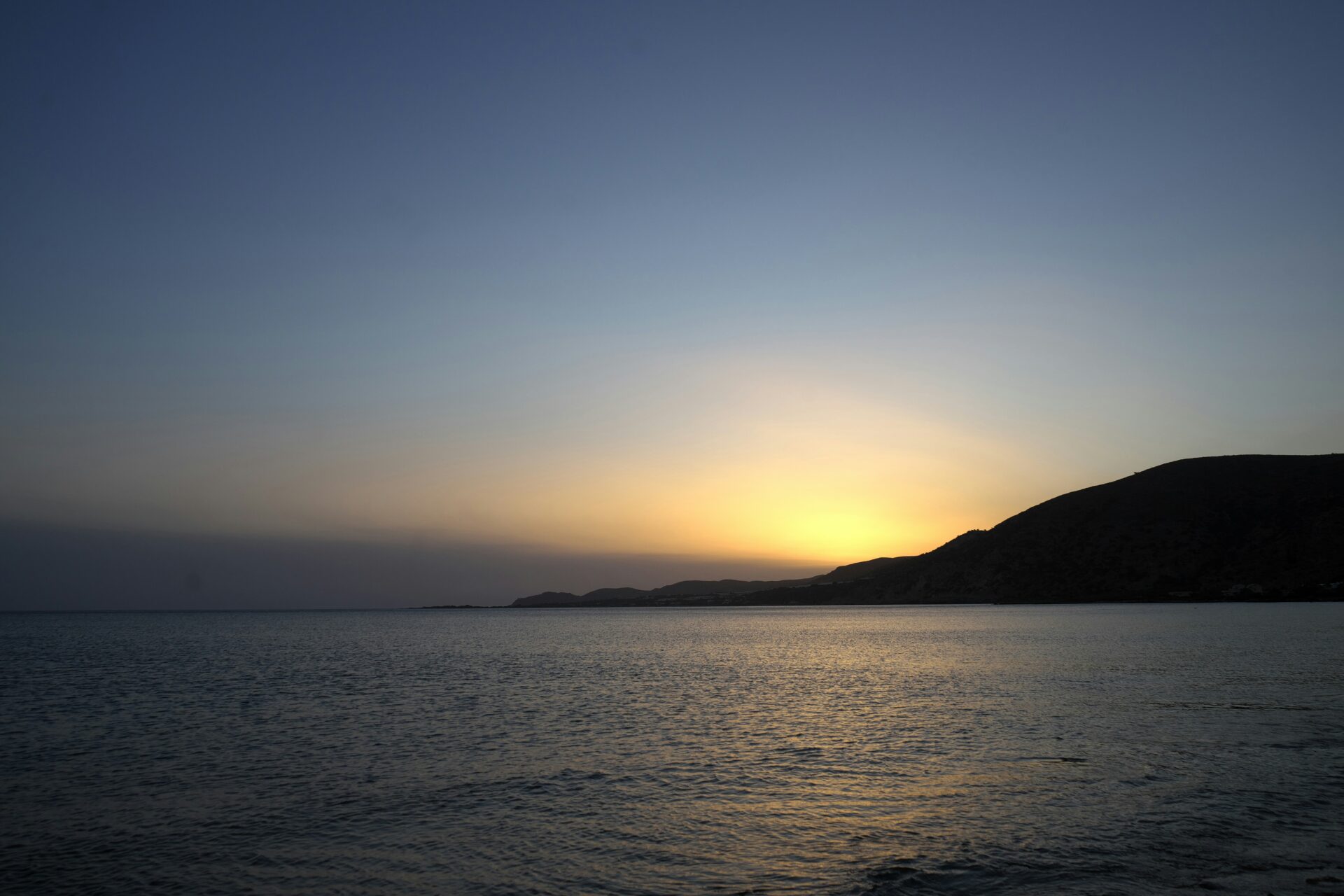
Exploring Crete’s Southern Coast Around Paleochora
Crete’s southern coast around Paleochora surprised me with its wild beauty, relaxed village pace, and real Greek hospitality.
Every day felt different, whether I was swimming in turquoise water or wandering cobbled lanes at dusk.
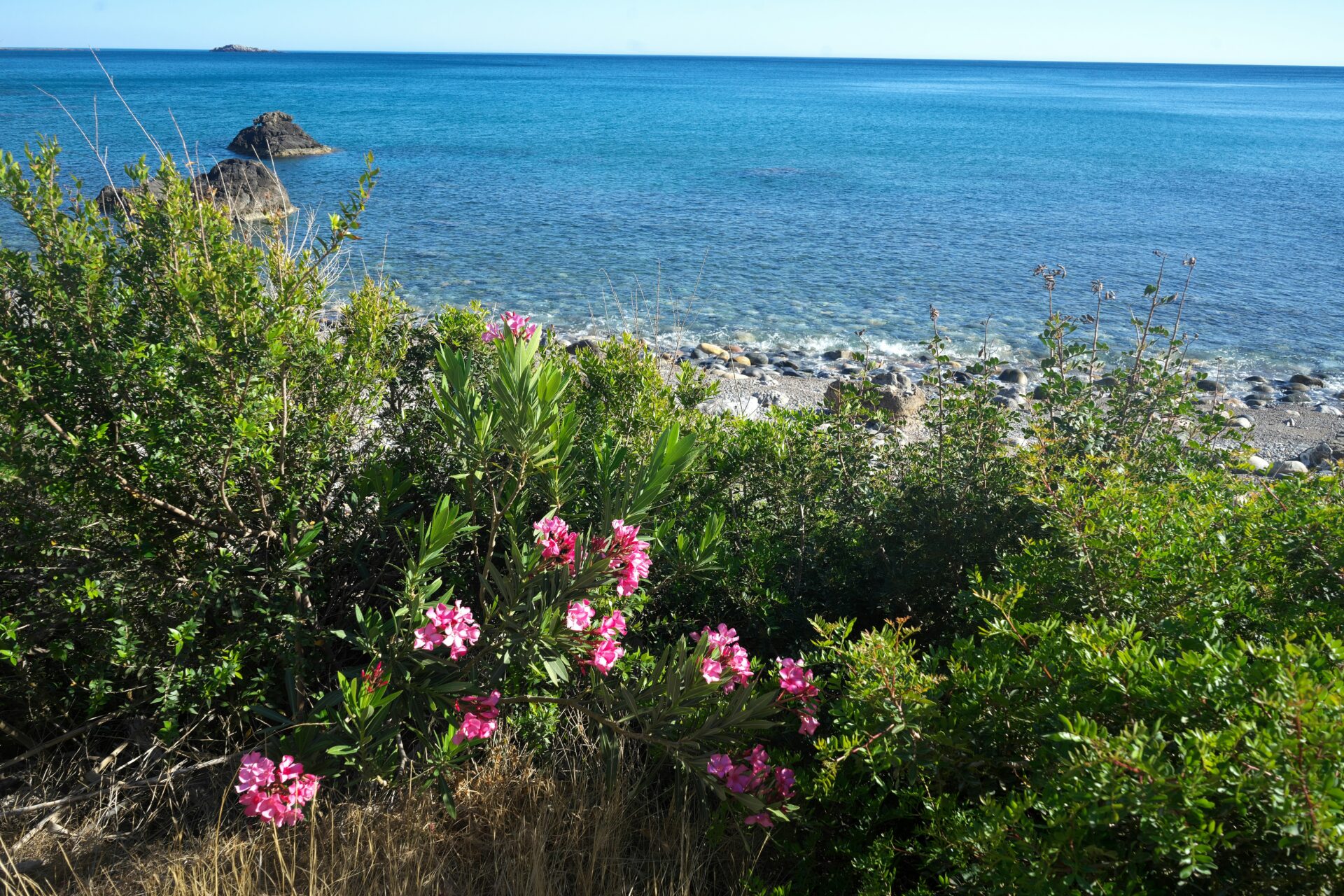
Nearby Beaches: Hidden Coves and Crystal Waters
Paleochora sits on a little peninsula, so you get easy access to several beaches—some just a walk away, others a short drive.
My favorite, Pachia Ammos Beach, has soft golden sand and gentle waves.
It’s perfect for spreading out under an umbrella or floating in clear water.
On the other side of the peninsula, I found Chalikia Beach.
It’s pebbly and quieter, great for reading or just listening to the sea.
Short bus rides or boat taxis took me to even more secluded spots like Anydri and Gialiskari Beaches.
These coves, surrounded by tamarisk trees and rocky cliffs, had some of the cleanest water I’ve ever seen.
Here’s a quick list of beaches I visited:
| Beach Name | Type | Distance from Paleochora |
|---|---|---|
| Pachia Ammos | Sandy | In town |
| Chalikia | Pebble | In town |
| Anydri | Pebble/Sandy | 4 km (bus/hike/drive) |
| Gialiskari | Pebble | 6 km (hike/drive/boat) |
Each one felt special, whether I was sunbathing, swimming, or just enjoying the quiet.
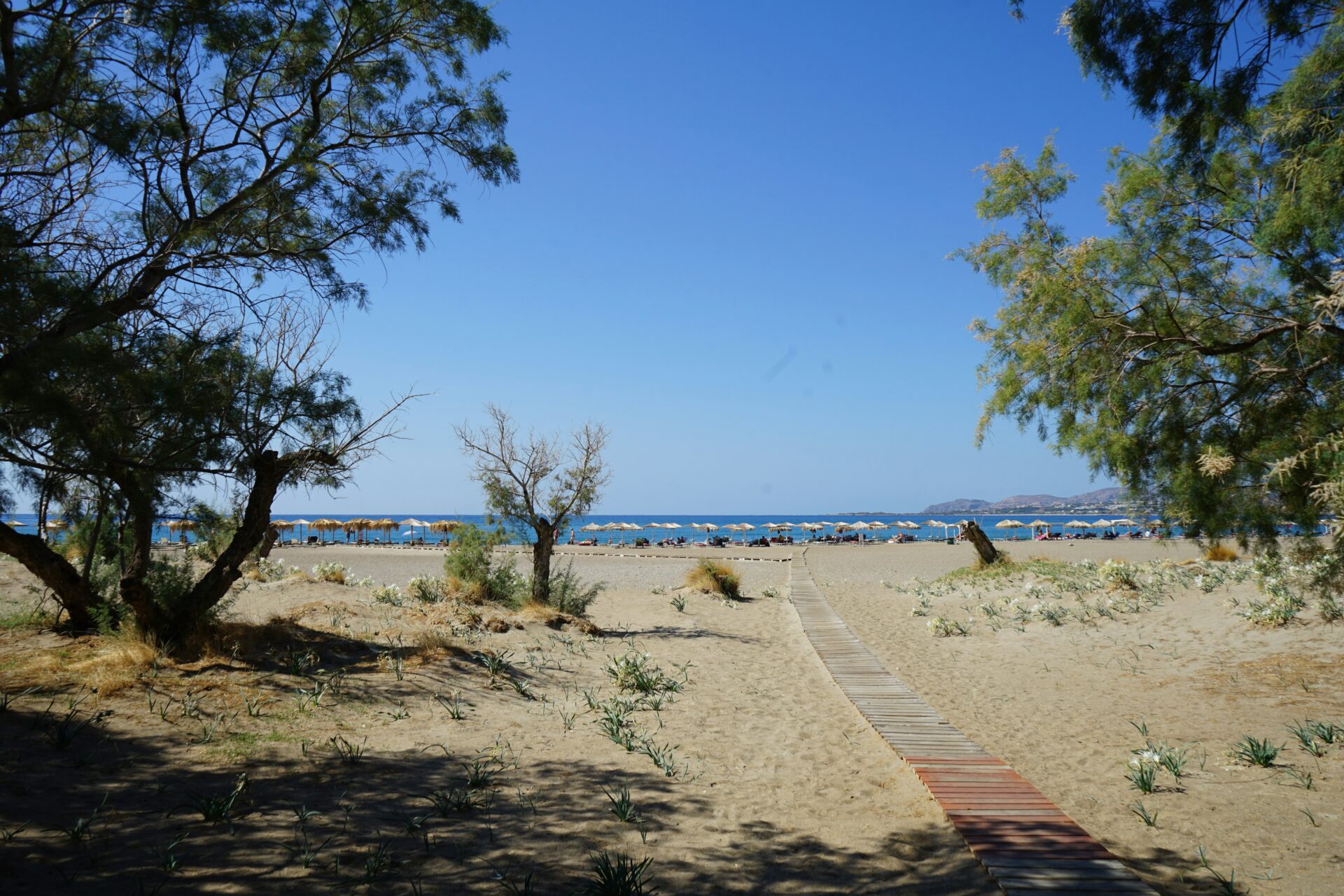
Restaurants, Cafés, and Local Flavors
Fresh seafood, Cretan cheese, and homegrown olives showed up at every table I tried.
Dinner usually started at a taverna by the harbor—places like Methexis and Cape Crocodile serve grilled octopus and the day’s catch, right by the water.
Bakery breakfasts became a habit.
Sweet cheese pies (kalitsounia) and strong Greek coffee in a cozy café set the tone for the day.
Later, I’d try family-run spots on side streets, where lamb with lemon potatoes and slow-cooked stews filled the air with savory smells.
For dessert, galaktoboureko or local honey on thick yogurt was impossible to skip.
Meals felt relaxed and never rushed.
Service was warm, and someone always insisted I try a shot of raki before leaving.
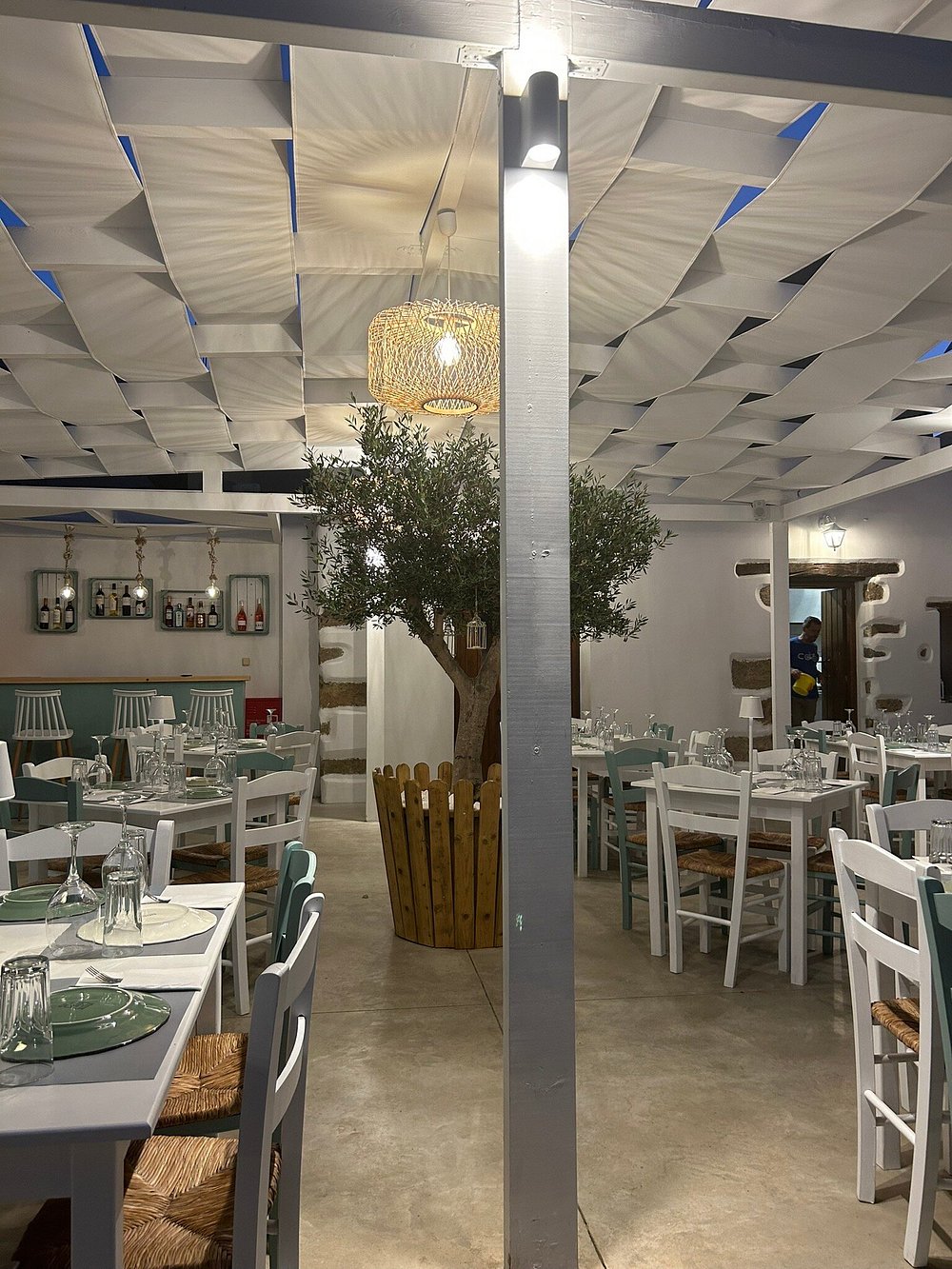
Nightlife and Charming Villages
Nightlife in Paleochora stays cheerful without being loud.
Most evenings, I’d find live music at a bar like Agios or catch a guitar player in the square.
My favorite nights ended at a lantern-lit café, sharing stories with other travelers.
Outside Paleochora, villages like Anydri and Azogires drew me in after dark.
Wandering narrow alleys, I’d get welcomed into friendly cafés and bakeries that only close when the last customer leaves.
Sometimes a local festival with Cretan dancing and music brings everyone together.
I always felt safe walking home along the quiet streets or heading up to the Venetian castle for a last look at the stars.
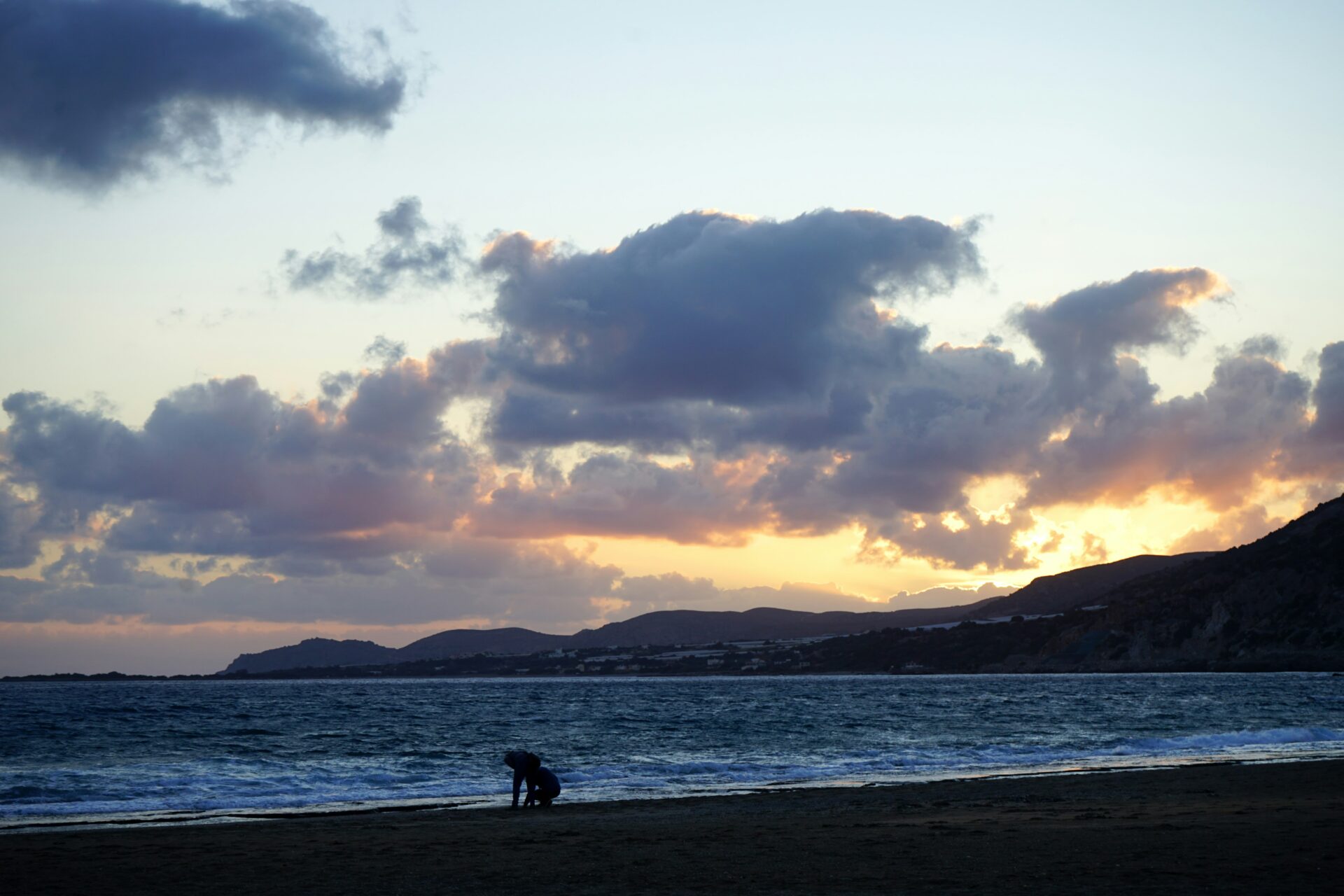
Staying in Paleochora: Hotels, Resorts, and Guesthouses
I found all sorts of places to stay, from affordable rooms to cozy little luxury resorts. Many hotels sit right on the beach, with big windows that look out over the Libyan Sea.
I chose a family-run guesthouse. It was simple, spotless, and the owners always greeted me by name.
If you want more comfort, you could try the Libyan Princess Hotel. It felt modern but still had a personal touch.
You’ll also spot a few resorts with pools—perfect for lazy, hot afternoons. Small pensions and studios pop up along the side streets, each with its own garden or terrace.
The best spots fill up fast in summer. If you’ve got your heart set on a certain place, book ahead.
Most hosts help with tours, give beach tips, or even offer homemade treats. It honestly felt more like staying with friends than at a hotel.
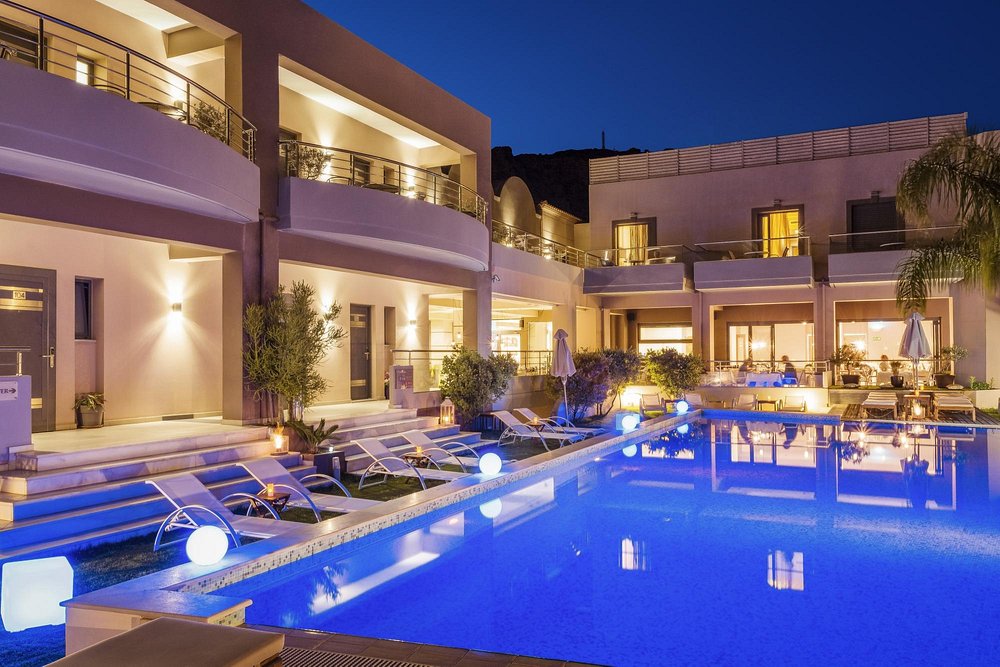
Unique Experiences: Day Trips, Culture, and Sustainable Travel
Paleochora works as a launchpad for less-traveled adventures, a center for local culture, and a spot where responsible travel choices really matter. Special-interest trips, traditional markets, and care for Crete’s environment all blend into daily life here.
Adventures in the Surrounding Region
Short day trips from Paleochora open up some of Crete’s most unforgettable landscapes. One morning, I hopped on a small fishing boat and soon landed on Elafonissi’s pink-sand beaches.
The water was crystal clear, perfect for a swim before the crowds poured in.
I explored nearby mountain villages like Anidri. Quiet trails led me to old chapels and olive groves.
Sometimes I’d just take a scenic drive east toward Loutro—a whitewashed village you can only reach by water taxi. Every journey felt like a mini-adventure.
If you’re into special-interest trips, boat rides to hidden bays or guided walks on the E4 hiking trail offer a different way to see the south coast. When I had a little more time, I even planned longer excursions to other islands in the region, like the Cyclades or Dodecanese, through local tour companies.
These trips let me experience a quieter side of the Greek islands, far from the busy Aegean crowds.

Museums, Art, and Local Markets
Paleochora doesn’t have big museums, but what you’ll find feels personal and genuine. I checked out the small local history museum and learned about ancient settlers, Venetian forts, and Crete’s proud resistance stories.
A few galleries show art inspired by island life. Sometimes I’d wander into workshops where artists actually invited visitors inside.
The real treasures, though, were the weekly markets. Here’s a quick look at my favorites:
| Market/Shop | What I Loved |
|---|---|
| Local Farmer’s Market | Fresh figs, honey, and herbs |
| Craft Co-ops | Handwoven baskets and textiles |
| Artisan Boutiques | Pottery, olive wood carvings, local art |
Bargaining felt friendly and the produce was super fresh. Every stall had its own story.
I never managed to leave empty-handed.
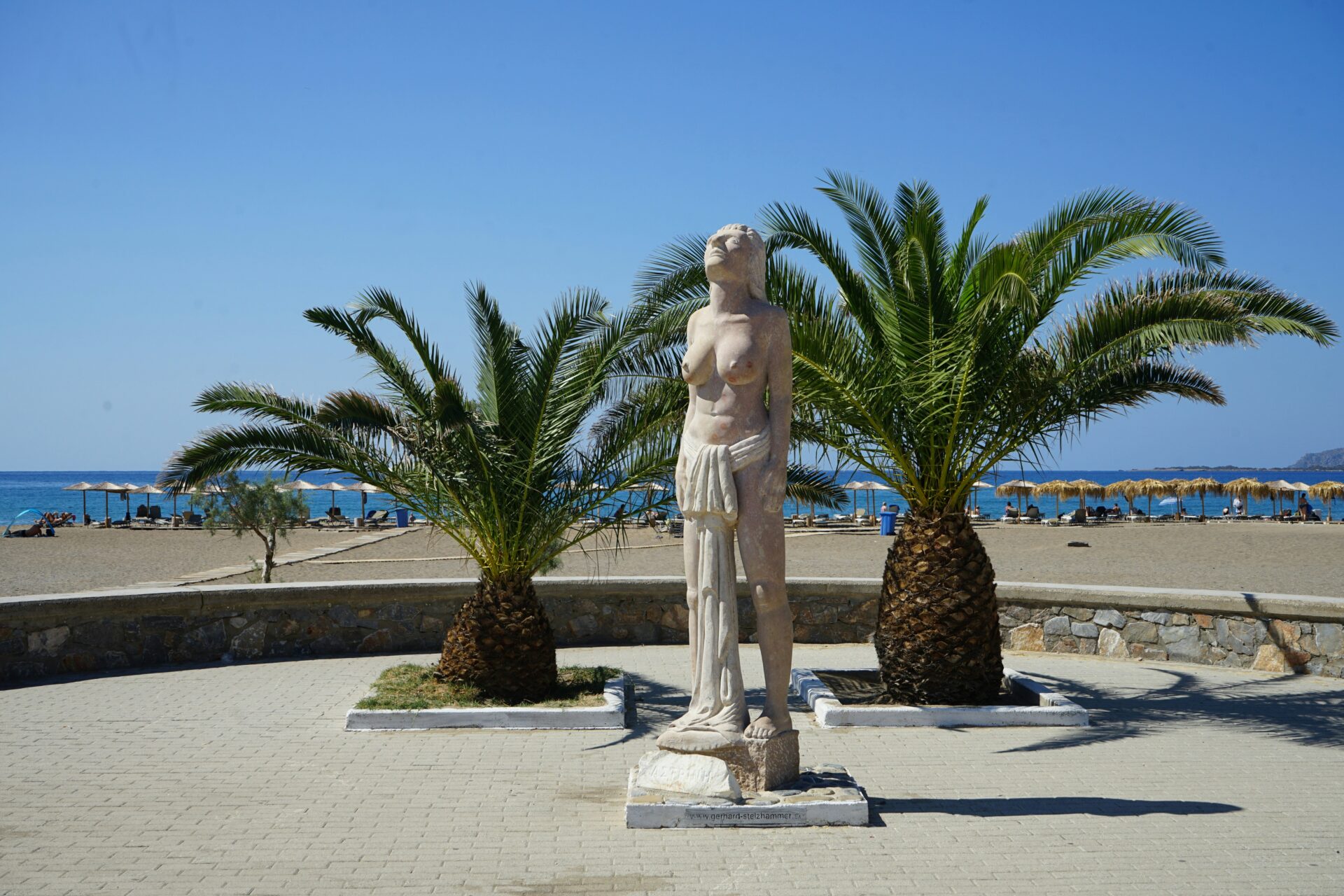
Sustainable Tourism and Responsible Exploration
When you visit a place, you’ve got a duty to protect what makes it unique. I saw so many eco-friendly options around Paleochora.
Local businesses push for reusable water bottles. Small hotels use solar heating and ask guests to reuse towels.
I tried to support family-run guesthouses, tavernas, and shops instead of big chains. I picked tours led by guides who actually cared about protected areas and wildlife—I felt like I was giving back, not just taking.
Just walking or cycling instead of driving made a difference. Respecting local customs, tossing waste in the right bins, and picking up souvenirs made right on the island all helped support sustainable tourism.
Honestly, this approach didn’t just make my trip better—it helped the locals and the landscapes I’d started to love.

